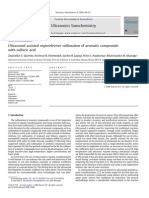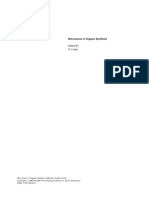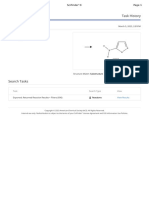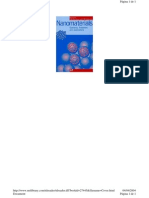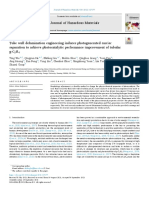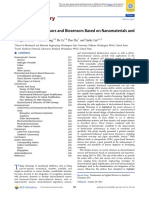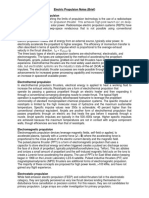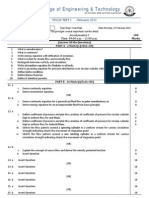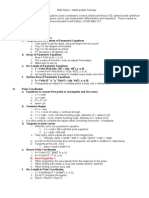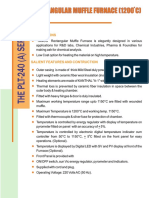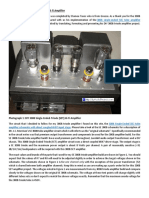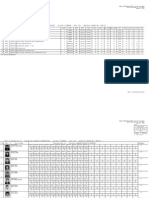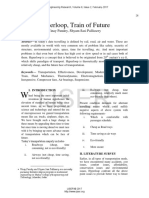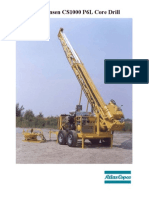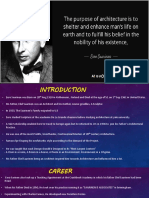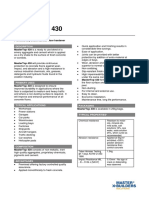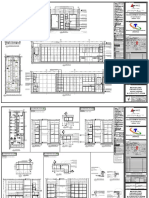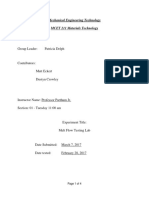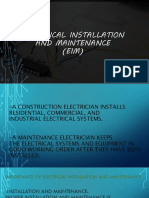0% found this document useful (0 votes)
331 views33 pagesAdvance Propulsion System
This document provides an overview of advanced propulsion systems. It discusses various propulsion methods including chemical, electric, nuclear, solar, and laser propulsion. For chemical propulsion, it describes solid, liquid, and hybrid rocket engines. It then covers the performance parameters for propulsion systems and provides examples of applications for different propulsion methods. Key propulsion concepts discussed in more depth include solid and liquid rocket engines, hybrid engines, cryogenic engines, electric propulsion, nuclear propulsion, and laser propulsion.
Uploaded by
rocksenthilCopyright
© Attribution Non-Commercial (BY-NC)
We take content rights seriously. If you suspect this is your content, claim it here.
Available Formats
Download as PPTX, PDF, TXT or read online on Scribd
0% found this document useful (0 votes)
331 views33 pagesAdvance Propulsion System
This document provides an overview of advanced propulsion systems. It discusses various propulsion methods including chemical, electric, nuclear, solar, and laser propulsion. For chemical propulsion, it describes solid, liquid, and hybrid rocket engines. It then covers the performance parameters for propulsion systems and provides examples of applications for different propulsion methods. Key propulsion concepts discussed in more depth include solid and liquid rocket engines, hybrid engines, cryogenic engines, electric propulsion, nuclear propulsion, and laser propulsion.
Uploaded by
rocksenthilCopyright
© Attribution Non-Commercial (BY-NC)
We take content rights seriously. If you suspect this is your content, claim it here.
Available Formats
Download as PPTX, PDF, TXT or read online on Scribd
/ 33



